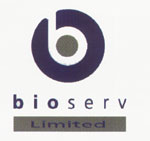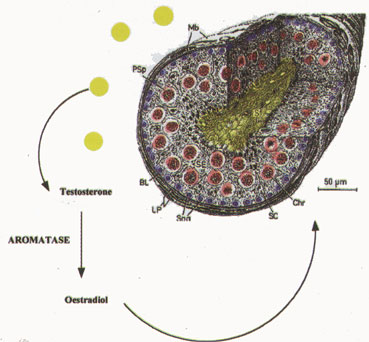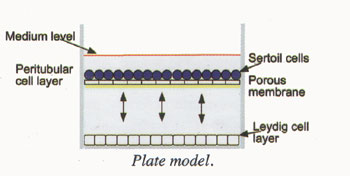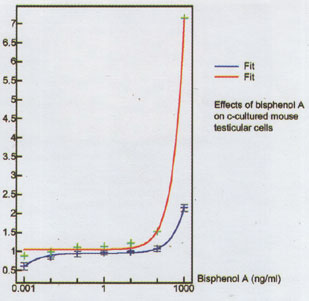 Bioserv Ltd in AIT has for the past three years been involved in an EU Framework 5 project
devoted to the development and implementation of new
in vivo
and
in vitro
systems for the detection
and characterisation of endocrine disrupting chemicals EDCs.
Bioserv Ltd in AIT has for the past three years been involved in an EU Framework 5 project
devoted to the development and implementation of new
in vivo
and
in vitro
systems for the detection
and characterisation of endocrine disrupting chemicals EDCs.
EDERA (Endocrine disrupter estrogen
receptor activation) constituted an Italian, Swedish, Swiss and Irish consortium. While considerable
progress has been made in recent years on the development of analytical and bioassay independent and
tiered strategies for assignment of EDC risk, there are still biological and operational
deficiencies with current reporter based systems.
 Three dimensional relationship.
The objective of the EDERA-project was to develop
a transgenic mouse model for the characterisation of oestrogen mimics. This model contained alpha
and beta oestrogen receptor response elements, to generate a rapid, flexible, sensitive, economic
and informative system for the toxicological testing and hazard identification/ risk assessment of
EDs. The model exploited novel imaging technology to ensure rapid tissue localization of the
activity of EDs in live animals.
Three dimensional relationship.
The objective of the EDERA-project was to develop
a transgenic mouse model for the characterisation of oestrogen mimics. This model contained alpha
and beta oestrogen receptor response elements, to generate a rapid, flexible, sensitive, economic
and informative system for the toxicological testing and hazard identification/ risk assessment of
EDs. The model exploited novel imaging technology to ensure rapid tissue localization of the
activity of EDs in live animals.
 Plate model.
From the
in vivo
model, a reliable and sensitive
in vitro
system
using seminiferous tubule derived cell lines was derived by Bioserv exploiting the same
multifunctional genetic elements.
Plate model.
From the
in vivo
model, a reliable and sensitive
in vitro
system
using seminiferous tubule derived cell lines was derived by Bioserv exploiting the same
multifunctional genetic elements.
This work involved sensitive detection and screening methods for
the identification and evaluation of low doses of oestrogen mimicking compounds for
pharmaco-toxicological
applications.
 Bisphenol A (Sertoli response).
The assay has been evaluated using a panel of thirteen test compounds and its
sensitivity, specificity and reproducibility compared to more established EDC assays.
Bisphenol A (Sertoli response).
The assay has been evaluated using a panel of thirteen test compounds and its
sensitivity, specificity and reproducibility compared to more established EDC assays.
Contact: Dr Paul Tomkins
Bioserv Ltd; Athlone Institute of Technology,
Athlone, Ireland
Tel 09064
24453
E-mail:
[email protected]
|




